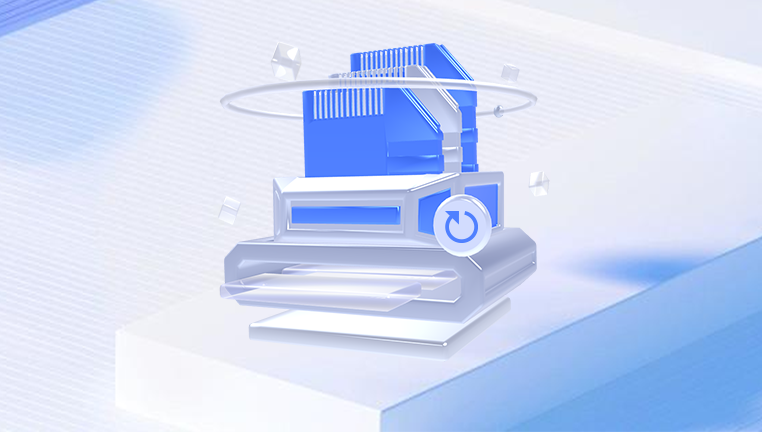When an SD card says it’s full but appears to have no visible files, it can be quite frustrating.
1. Check Hidden Files
Sometimes files are hidden and not visible in the usual file explorer view. Here’s how to check for hidden files:
Windows
Open File Explorer and go to the SD card’s directory.
Click on the “View” tab.
Check the “Hidden items” checkbox to view hidden files.
macOS
Open Finder.
Press Command + Shift + . to toggle hidden files on and off.

2. Check for File System Errors
The file system might be corrupted, causing the OS to report incorrect usage. You can check and repair this using built-in tools:
Windows
Open Command Prompt as an administrator.
Type chkdsk X: /f (replace X with your SD card’s drive letter) and press Enter.
Follow the prompts to fix errors.
macOS
Open Disk Utility from the Utilities folder.
Select the SD card and click “First Aid” to check and repair file system errors.
3. Use Disk Management Tools
Sometimes, disk management tools can reveal issues not visible through standard file explorers.
Windows
Open Disk Management by pressing Windows + X and selecting “Disk Management.”
Check the partition sizes and see if there’s unallocated space or partitions with errors.
macOS
Use Disk Utility to examine partitions and their sizes.
4. Check for Malware
Malware can cause various issues, including incorrect disk usage reports. Run a full system scan using your antivirus software to ensure that the SD card isn’t infected.
5. Recover Lost Files
If the above steps don’t resolve the issue, you may need to use data recovery software to retrieve files. Here are a few recommended tools:
Recuva: A free, user-friendly tool for Windows that can recover files from various storage devices.
PhotoRec: A powerful open-source tool that works on multiple platforms and can recover files from corrupted partitions.
Disk Drill: Available for both Windows and macOS, it offers a straightforward interface and robust recovery options.
6. Format the SD Card
If the card is still reporting incorrect usage and you’ve backed up any recoverable files, formatting the SD card might be necessary. This will erase all data but can resolve file system issues:
Windows
Open File Explorer, right-click the SD card, and select “Format.”
Choose the desired file system (FAT32 is commonly used for SD cards) and click “Start.”
macOS
Open Disk Utility, select the SD card, and click “Erase.”
Choose the desired format and click “Erase” to format the card.
7. Preventive Measures
To avoid similar issues in the future, consider the following practices:
Regular Backups: Frequently back up important files to another storage device or cloud service.
Safely Eject SD Cards: Always use the “Eject” option before removing an SD card from your computer to avoid corruption.
Keep SD Cards Dry and Clean: Store SD cards in a dry, clean environment to prevent physical damage.
8. Professional Data Recovery Services
If the card still shows it’s full but you cannot recover the files, you might need to consult a professional data recovery service. These services can often recover data from physically damaged or severely corrupted cards.
Addressing an SD card that reports as full but shows no visible files involves checking for hidden files, correcting file system errors, using disk management tools, scanning for malware, and possibly using data recovery software. If all else fails, formatting the SD card or seeking professional help might be necessary. Regular backups and careful handling can help prevent these issues in the future.
About us and this blog
Panda Assistant is built on the latest data recovery algorithms, ensuring that no file is too damaged, too lost, or too corrupted to be recovered.
Request a free quote
We believe that data recovery shouldn’t be a daunting task. That’s why we’ve designed Panda Assistant to be as easy to use as it is powerful. With a few clicks, you can initiate a scan, preview recoverable files, and restore your data all within a matter of minutes.
Subscribe to our newsletter!
More from our blog
See all postsRecent Posts
- How to recover a deleted slide in powerpoint? 2025-02-27
- How to recover deleted capcut videos? 2025-02-27
- How to recover a file deleted from a shared drive? 2025-02-27










